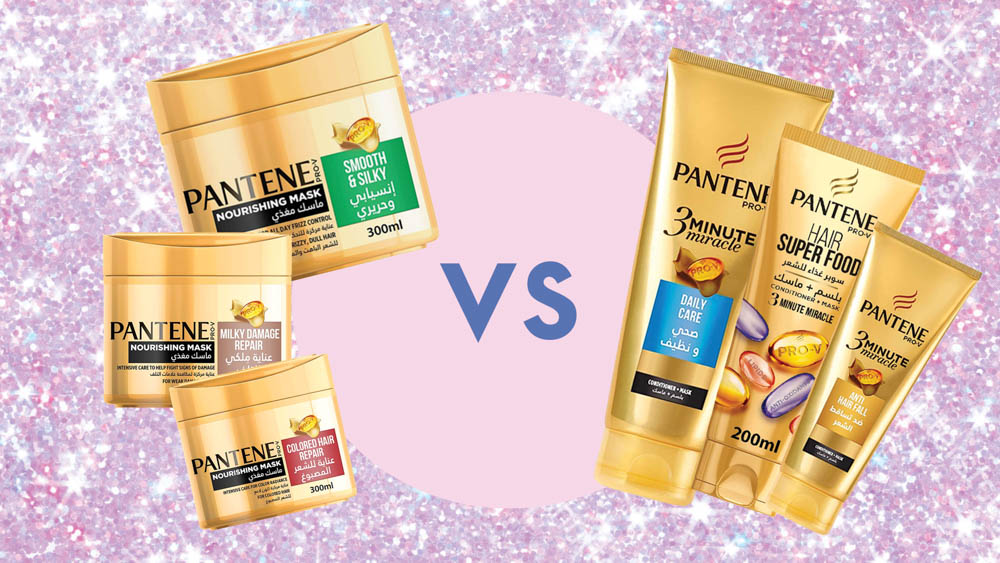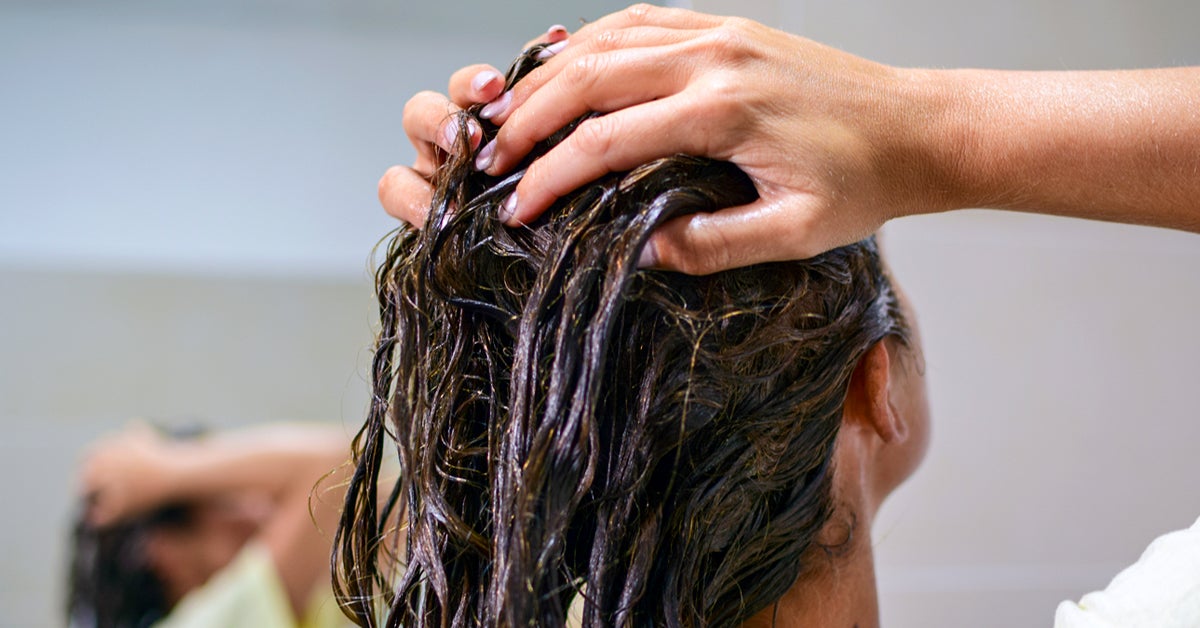
Hair loss is estimated to be the trouble of many girls, as a girl, the good or bad hair care completely determines our image. Therefore, the habit of washing hair has become a mandatory course for girls, so when washing hair conditioner and hair mask you use the right? Hair conditioner and "hair mask are different, many girls are wrong, no wonder hair fall frequently.

Girls Often Confuse Conditioner And Hair Mask
Now many girls refuse to oil head, every day or two to wash the hair, the use of shampoo products is a wide variety, which "conditioner" and "hair mask" is the most frequent use of the. However, once these two products are used incorrectly, it will cause more serious hair loss situation. After all, there is a big difference between "hair conditioner" and "hair mask".

There are always some girls who are particularly careless when it comes to their hair and do not distinguish between the role of the products and fail to use the "conditioner" and "hair mask" correctly, resulting in more severe hair loss. In fact, as long as the basic difference between "conditioner" and "hair mask" is clear, you can avoid unnecessary hair fall.
What Is Hair Mask
A hair mask is a creamy substance with a deep repairing effect that can be used once a week. The hair mask penetrates the hair into the scales of the hair follicles to help repair the fine hair fibers and restore life to the hair tips, providing better care. The active ingredients contained in the hair mask also help to repair split ends and soften the hardness of our hair.

Hair masks have the effect of helping to repair the hair, using hair masks is a cycle process, occasionally use once or twice will not have the effect, long-term use of hair masks to have visible results. Nowadays, hair masks on the market are adding ingredients such as aloe vera and so on, which greatly enhance the moisturizing effect.
What is Hair Conditioner
The hair conditioner is generally applied in the right amount after washing the hair, fully massage the scalp to promote absorption, and then wash it off with warm water. When using the conditioner, you need to pay attention to the first squeeze in the hand, fully rubbed until the foam, and then on the head massage, to ensure that the conditioner in use with the hair closely fit.

Precaustion For The Use Of the Care Products
Precautions For The Use Of Hair Mask
After using the hair mask to absorb the moisture with a towel, it is best to wrap the hair with a towel or a dry tissue and leave it for about ten minutes before washing it. When rinsing, pay attention to the large area of the scalp area to clean, because the hair mask will condense into a film and should be avoided when washing the hair.
Hair masks are more biased towards dry scalp, and many of them come with protein water extracts to maintain dry hair. Hair masks have less molecular weight and will make the hair less greasy. Of course hair masks are not, the more the better. Using too many hair masks for dry hair can cause will scalp to not breathe properly and breed dandruff.
Precautions For The Use Of Hair Conditioner
Conditioner is more suitable for oily hair, the use of conditioner will not make dandruff oil, oily hair itself skin follicle oil dense excess, has affected the scalp metabolism, so the conditioner can make the hair more fluffy, to reduce the role of oil.
The Difference Between Hair Conditioner And Mask
1. Effect Between Hair Mask and Conditioner
The conditioner contains many nutritional extracts inside that can play a role in maintaining the hair. The conditioner itself does not have the ability to cleanse and is completely useless for dandruff removal. In general, the active ingredients in the conditioner can help repair split ends and soften the hair.
According to scientific evidence, hair masks open the hair scales, while conditioners close them. Conditioners and masks work differently and are used in a different order. If you want to better play the effect of their respective products, I suggest that you use the hair mask first and the conditioner last.

Hair conditioners and hair masks have their own advantages, but they are not universal. A complete wash and care sequence is about scalp repair, hair masks can activate the scalp vitality for deep repair, after the cleaning is complete you need the locking effect of conditioner. Otherwise, the hair scales lose moisture and can cause hair to become dry and fall out.
2. Different morphology Between Hair Mask and Conditioner
Although conditioners and hair masks mostly come in the shape of a cream, the biggest difference is also here. Conditioners are mostly diluted and liquid. They are usually packaged in a squeeze pump, have a larger portion, and are largely indistinguishable from ordinary shampoo creams.
Hair masks mostly belong to the solidified state, no liquidity. Hair masks on the market come in a variety of wide-mouth bottles with special spoons to scoop them up. Hair masks are clearly marked with hair care ingredients on the product formulation instructions, and are more expensive than conditioners in terms of price.
To better protect your hair and reduce the appearance of hair fall, the process of hair care is essential, and the correct use of conditioners and hair masks is important.




























